President Donald Trump has nominated conservative federal circuit judge Brett Kavanaugh to replace Supreme Court Justice Anthony Kennedy.
Kavanaugh, 53, was born in Washington. He graduated and received his law degree from Yale University. Before the nomination to the Supreme Court, he was a judge of the Circuit Court of Appeals for the District of Columbia Circuit.
Kavanaugh played a key role in drafting the Starr report, which urged the impeachment of President Bill Clinton. He also led the probe into the suicide of Clinton aide Vincent Foster and worked on the Clinton-linked Whitewater investigation.
George W. Bush nominated Kavanaugh to the federal bench in 2003. The nomination was stalled for three years. The Senate confirmed him in May 2006.
With the selection out of the way, Trump’s nominee now faces weeks of meetings with senators on Capitol Hill, followed by what many say will be heated confirmation hearings. The process can take as little as two months, but Democrats will look to push it back beyond the midterm elections in November when they hope to gain seats in both chambers.
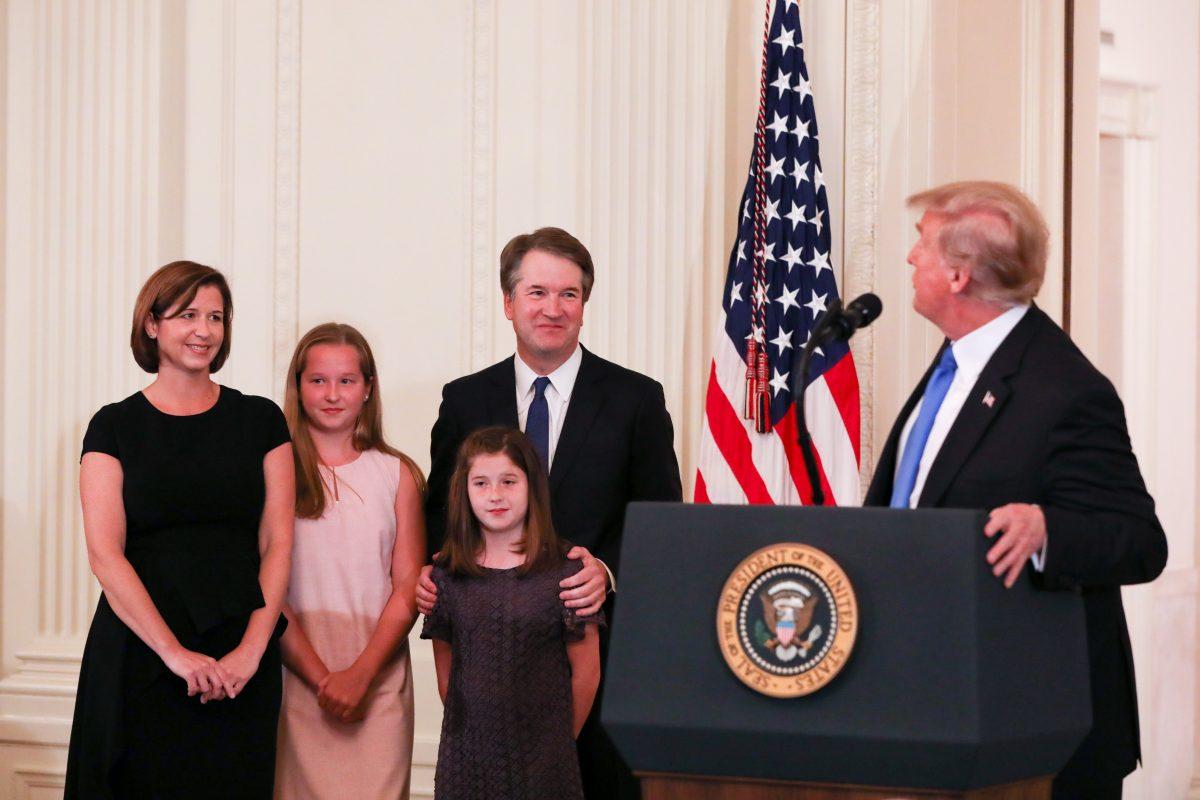
Getting the Votes
Republicans in the Senate confirmed Trump’s previous pick for the Supreme Court, Justice Neil Gorsuch, by a vote of 54–45 in April 2017. The margin is thinner this time around, with Sen. John McCain (R-Ariz.) on sick leave and with Democratic Sen. Doug Jones of Alabama having replaced Republican Sen. Luther Strange.The narrower margin intensifies the significance of how Republican senators Susan Collins of Maine and Lisa Murkowski of Alaska will vote. Both are pro-abortion and have said they would vote against a nominee who would overturn Roe v. Wade, a decades-old ruling that struck down laws limiting and criminalizing abortion.
On the campaign trail, Trump promised to put “pro-life justices on the court.” During the selection process to replace Kennedy, the president said that he did not ask candidates about their view of Roe v. Wade.
When it comes to Democrats, senators Heidi Heitkamp of North Dakota, Joe Donnelly of Indiana, and Joe Manchin of West Virginia are in focus. The trio voted to confirm Gorsuch and are up for reelection in states easily won by Trump. A vote against Kavanaugh could jeopardize their reelection. Over the weekend, a top Democrat suggested that stopping the nomination was more important than winning reelection.
If the Democrats oppose the nomination unanimously, only one GOP defection would result in a failed nomination.
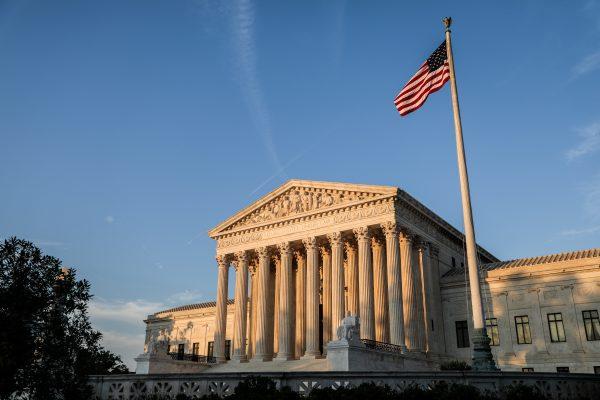
Before the Hearings
The Senate judiciary committee will begin investigating Kavanaugh before its first hearing. The committee will send Kavanaugh a questionnaire, which often requires voluminous information about the individual’s activities.The purpose of the questionnaire is to inform the committee about the nominee before the hearing. Upon the receipt of the questionnaire, committee members can ask for additional information in writing to clarify or expand on part of the response. The responses to the additional questions as well as those to the full questionnaire are made available to all committee members.
Confirmation Hearings
Kavanaugh will first appear before the Senate judiciary committee to answer questions on a range of topics, including his legal qualifications, private background, and views on social and political issues, the Constitution, and more.After hearing from Kavanaugh the committee will call on several public witnesses. The first such witness is usually the chair of the American Bar Association’s Standing Committee on the Federal Judiciary. The witness hearings will be followed by a closed-door session with Kavanaugh for confidential questions that arise from the background investigations.
Meeting the Senators
In the weeks leading up to the Senate hearings, Kavanaugh will likely make dozens of individual courtesy calls with senators. These meetings are often the only chance for lawmakers who are not on the judiciary committee to meet the Supreme Court nominee.Last year, then-nominee Neil Gorsuch met with three-quarters of the 100-member Senate before his hearings.
Timing
The number of days between Trump’s nomination and the first public hearing is not set in stone. On average, 39 days pass between a Supreme Court nomination and the first hearing, based on nomination data from 1975 to the present, according to the Congressional Research Service.Of the 14 most recent nominees, Justice Robert Bork waited the longest—a total of 70 days from nomination—for his first committee hearing. The longer a nominee waits for a hearing, the more likely it is that the committee vote on the nomination will be split along party lines or be reported other than favorably, according to the think tank.
“This might indicate that nominations perceived as more controversial, or at least perceived as more likely to split Senators along party lines, wait longer to receive their first committee hearing,” McMillion wrote.
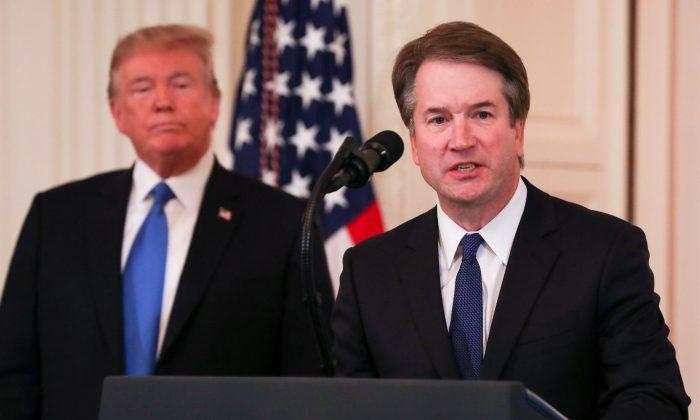

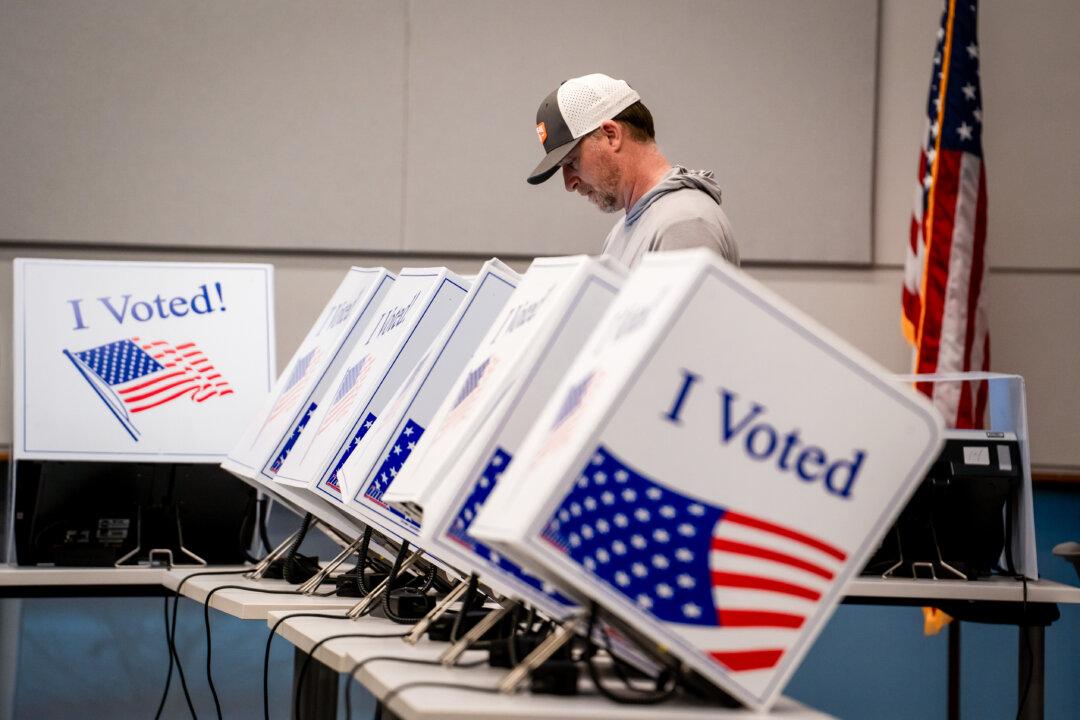
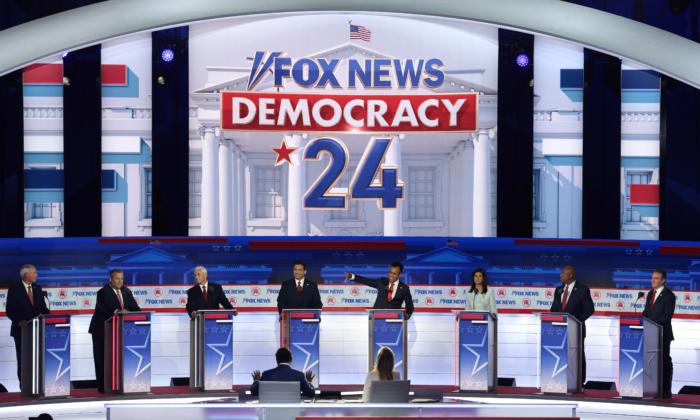
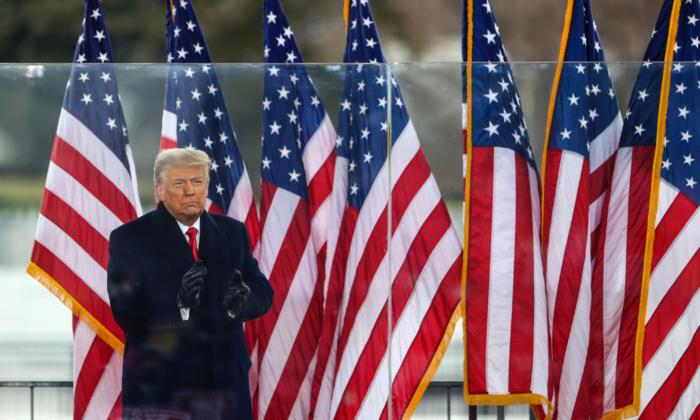
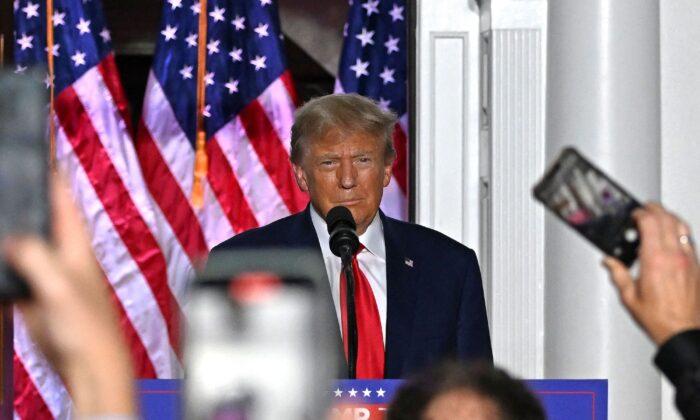
Friends Read Free